We all want to have more traffic, gain more attention, and generate more money with our blog. The benefits of a blog are surprising, which is why all self-respecting websites have this section.
It is a way to increase traffic and, therefore, generate new customers. It is also an opportunity to improve SEO and increase communication between the client and the company.
Having a blog implies the possibility of creating an entire community around your website or your business.
This, in turn, helps to achieve all the benefits that we have already listed and that impact conversion. Ultimately, all tools and strategies have a common goal: increasing the profitability of a business. Curious about the power of long-tail keywords? Try our monthly subscriptions now and witness the growth in your website traffic!
Why Should You Increase Visits to Your Blog?
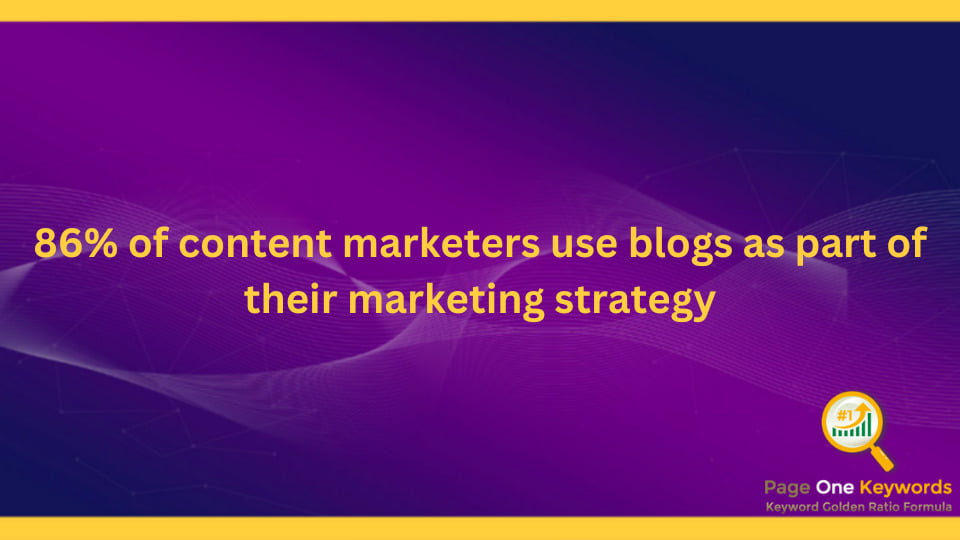
As we told you, generating traffic to the blog is everything if you want to have an online presence. Even if you have an online store, you should always include a blog where you can post news or events related to your sector.
If what you write helps people, they will start talking about you and your online reputation will improve.
Improving your online reputation is also an indicator that will affect how search engines rank. You will be able to increase the traffic of your blog and you will be able to surpass your competition. It is very important to highlight that it not only improves the positioning of your articles but also the overall positioning of your website.
Unlock your SEO potential! Explore our long-tail keyword subscriptions and elevate your online presence today.
Tips To Optimize and Grow Your Blog Audience:
How to increase blog traffic? If you want to get readers for your blog, start with keywords. But it’s not that simple. Google is not stupid. Therefore, after creating a blog, the next question is how to grow a blog? For that, you must plan what content you are going to publish to
Create a Defined Content Strategy
You have to remember that having a blog is not about having a place to post the first thing that comes to mind. Having this space on your business website is a great opportunity to improve your users’ experience. And ultimately it will help you to increase traffic to the blog.
Therefore, you will have to plan from when to publish to what type of content to include. It is also important that you establish a periodicity so that your audience knows when a new post is published.
Select a Topic for Discussion
First, you need to know what topic you are going to discuss. Focus on one topic. The closer we get to the user, the more concise and limited the topic is.
Stay informed, read articles, and keep up-to-date. If you can find an important and current issue worth discussing, you’re on the right path.
Attractive Titles



One of the best techniques to increase web traffic is to generate attractive titles that increase the CTR of our results in the SERPs.
Therefore, We recommend that you review the SEO titles of your pages and posts and optimize them so that they are attractive to users.
If you change them for ones with more hooks that encourage more clicks, your CTR will increase and Google will probably raise your positions little by little.
- Be clear and concise: Clarity is important when it comes to blog titles. The blog title should be clear to the reader. Avoid titles that are too complex or cryptic, as they may confuse your readers. Opt for clarity and conciseness.
- Use Lists and Numbers: The numbers in titles are a good way to grab attention and indicate a well-structured, easy-to-digest format. Listicles are popular because they give readers a good overview of the content.
- Questions to Create Intrigue: Pose a provocative question to pique readers’ curiosity and encourage them to read your blog for answers. The question engages readers by encouraging them to think and discover more.
- Add Power Words: Strong words can evoke strong emotions and attract attention. These words add an element of persuasiveness to your titles and encourage readers to read the rest. Power words can include “ultimate”, “essential”, “exclusive” or “innovative”.
- Optimize your website for SEO: Incorporate relevant keywords into your blog titles for better search engine optimization. Integrate keywords that are relevant to your content into your title. Prioritize readability and relevance for your audience over keyword stuffing.
- Teasers to Inspire Curiosity: You can tease your readers by giving them a sneak peek at what they will find in your blog. Use language to create anticipation without giving too much away.
- Test and iterate: Do not be afraid to try out different titles and see which ones resonate best with your target audience. A/B tests can help you identify which titles are more engaging and generate clicks.
Keyword Study



When you are clear about what topics you want to cover, it is time to use SEO tools to know how many searches they have and what the best keywords are.
How to do keyword research for the blog? Here it is not about choosing the ones that have the highest search volume but rather the ones that we can position. The more the better, but it does little good for you to rank 20th for a keyword.
For this reason, we recommend that you focus on those that have little competition. To do this, you can go around Google and see the results.
By doing this you will see if the competition responds to the user’s search intention and with what degree of success. Join the POK family now! Subscribe to our monthly keyword packages and start outranking your competition.
Long-Tail Keywords



Another SEO factor and technique for blog keyword research to increase visits to your website is to work well on long tail keywords.
While it is true that the search volume for long tails is usually lower than for more generic keywords, well-crafted long tails can bring you a lot of web traffic. If you don’t have enough time to do long-tail keyword research, sign up today and get the subscription and get over 200 Long-tail keywords for multiple niches.
And why are you going to work on keywords that have less search volume? Probably, now we will see, that long tails have less competition or keyword difficulty, so it is much easier to position a page as a result by working on a long tail keyword than by a very general keyword.
More generic keywords have a higher search volume and can therefore bring us many visits. However, they are usually characterized by having very high competition. In other words, there are already many websites ranking pages and they also have more authority than you.
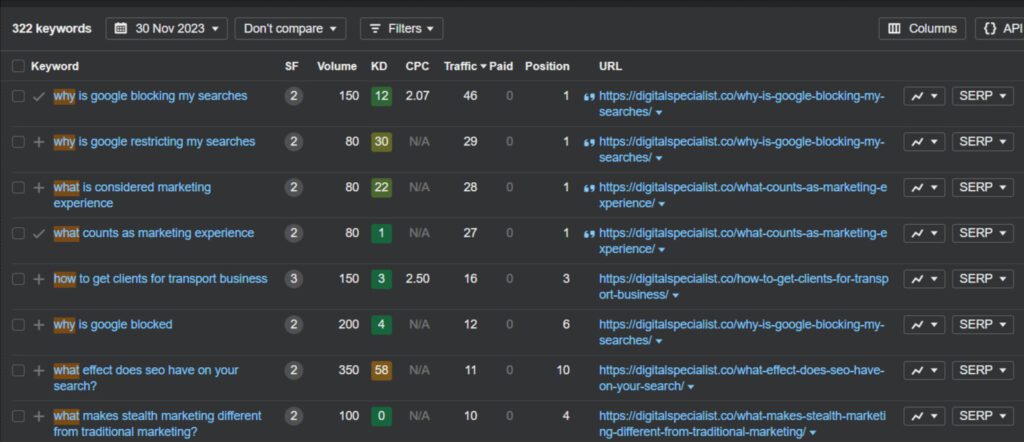


You should do a keyword study and assess whether it is worth working on certain long tails more than more generic keywords with a large search volume.
If the result of this study is that for the moment you cannot compete against those who are already positioned, you may want to focus on other niche keywords that will increase web traffic and conversions.
Get Advantages from Unintentionally Placed Keywords
You will start to rank for other keywords when you publish a blog post. If we can find the keywords that users are using to find us and update our content to promote those words, then we can increase SEO traffic on our website.
The Google Search Console is the best tool to view these keywords. Google’s tool recognizes keywords that are clicked on in the search results and provides us with information regarding the position of the keyword and the number of visits.
After identifying these words, we can start to include them more often in strategic places, such as paragraphs, subtitles, and meta descriptions.
Google may even reward us for updating our posts or pages by boosting our position in the search results if our content is outdated. Google loves content that is updated.
Introduce the Reader to the Topic
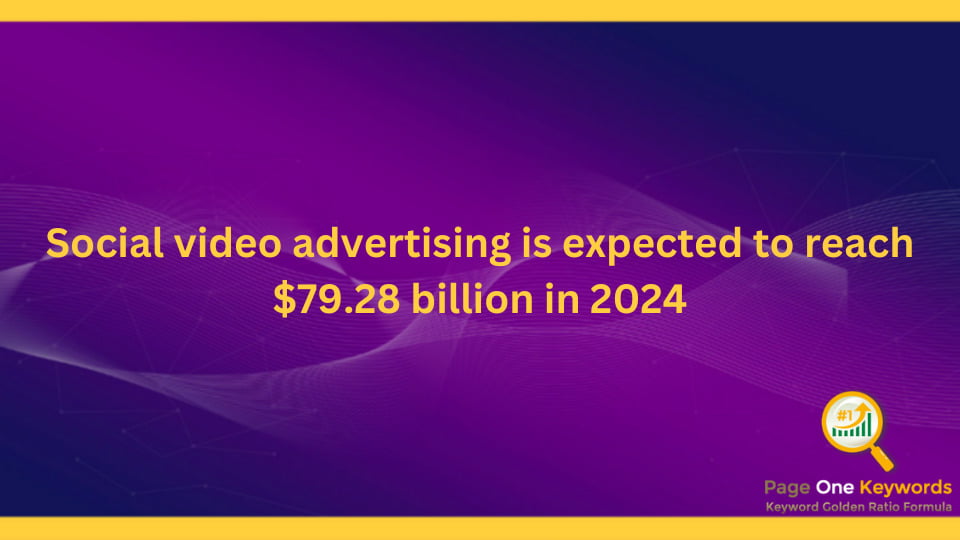


First, you should write a paragraph that summarizes the topic of your article. In this paragraph, we must introduce the reader to our topic and grab their attention to hook them right from the start.
Include the main keyword at the start of the paragraph, and include related keywords in the body.
Use Google AMP
If you own a blog or website, you know how important it is to optimize web performance. Loading time is important to a website for two reasons: the user experience, and positioning on the web.
Google is a business, and all businesses have customers. Google’s clients are those who use its search engine. Google, like every other company, wants to provide the best results to its users. Google is looking for websites that can provide a better user experience. This includes not only answering your questions but also providing a better answer.
The loading speed of your website has a direct effect on other statistics such as sales in e-commerce. But we will focus on how Google AMP and the speed at which it loads can help increase traffic.
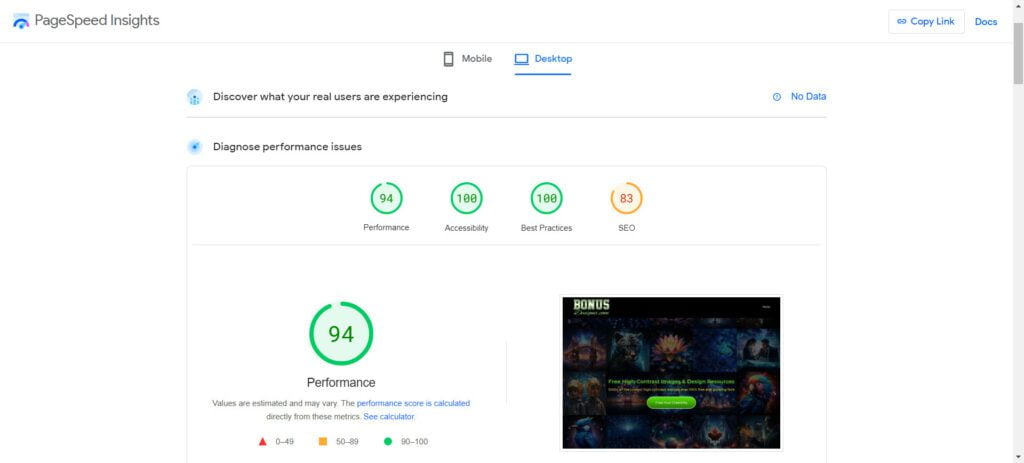


The activation of Google AMP will not help you directly, like a Facebook Ads Campaign. It is more related to SEO.
Google gives higher rankings to websites that load quicker and pays more attention now to mobile versions. Google is focusing on mobile users as they are more likely to search the internet from their devices than computers.
If you improve the speed of loading your website then you can improve your SEO. You will be able to increase traffic to those results that are still positioning, but you may climb a few more positions on the SERPs.
Tips To Implement Google Amp Effectively:
- Implement AMP Code: Begin by including Google Accelerated Mobile Pages (AMP) code in your blog posts, making sure they meet AMP compatibility by including HTML, CSS, and JavaScript elements provided by Google.
- Prioritize Mobile Speed: Accelerated Mobile Pages (AMP) was specifically created to dramatically speed up mobile page loading speeds. Optimize your content so it renders quickly on mobile devices for enhanced user experiences and lower bounce rates.
- Structure Your Content for AMP Compatibility: Create content that’s structured properly for AMP compatibility by employing valid AMP HTML tags and abiding by guidelines regarding text, images, videos, and multimedia elements – such as texts. This ensures a visually appealing presentation on mobile devices.
- Utilize AMP Cache: Take advantage of Google AMP cache to further boost page loading speeds. It stores copies of your AMP-enabled pages, reducing latency and improving overall performance, especially for users accessing content through search results on Google.
- Monitor and Validate: Use Google Search Console to monitor AMP pages that use them, using its validation tool to check compliance and identify and address any issues promptly. This ensures your content can continue taking advantage of all AMP features for maximum performance and benefiting from these features.
Implementing Google AMP into your blog strategy can improve the mobile experience for your audience, potentially leading to more traffic, better search visibility, and higher user satisfaction.
Create Interesting Content
Knowing how to analyze data is always important. In this matter, that was not going to be an exception. Knowing the interests of your audience is essential to knowing what topics you should cover in your posts.
The content culture is unstoppable and you have to keep up. You have to address what is considered your target audience. The quality and usefulness of your content will make a difference.
Create epic, unmatched, and extraordinary content. It is the best recipe to increase visits to your blog.



You must be able to offer content that satisfies the needs of your audience (that solves a problem, teaches, entertains, entertains, or inspires) to increase traffic to your blog.
If you succeed, they will pay close attention to the next article you write because you have managed to resolve a question or problem.
This point is basic in any business, whether online or offline. If you know your clients or readers, you will be able to offer them what they need and help them with their problems.
Furthermore, if you know what your audience wants or needs, you can generate interesting and valuable content. The best way to find out your needs, interests, and tastes is through the comments on the blog itself but, above all, on social networks. Dive deeper into the world of long-tail keywords. Click here to learn how our subscriptions can transform your SEO strategy.
Show Numbers and Stats
Using numbers and statistics strategically in your blog content can significantly contribute to attracting and retaining more traffic. Numbers provide a sense of credibility, clarity, and specificity to your content, making it more compelling for readers.
Credibility is increased by proving your claims with numbers and results. Credibility and trust are synonymous. Trust is the key to attracting more customers and reaching more people.
- Create Engaging Headlines: Utilize numbers as attention-getting headlines that capture readers. Numbers add specificity and intrigue, encouraging visitors to click.
- Listicle Formats: Take advantage of listicles by creating lists with numeric content. Readers appreciate easily digestible lists like “Top 15 Blogging Tools.” They are more likely to be shared and drive traffic.
- Integrate Data-Backed Insights into Your Content: Give credibility and authority to your points by including relevant statistics in your writing. Doing this can have tangible benefits such as increased blog traffic.
- Create Engaging Visuals: Craft visually striking infographics or charts that highlight key statistics. Visual content can easily be shared across social media, expanding its reach and driving traffic to your content.
Integrating numbers and statistics into your blog strategy not only adds credibility but also improves user experience. Readers value data-backed insights and are more likely to share content that delivers real value.
Experiment with various ways numbers can be integrated into content while closely tracking the impact on blog traffic; regularly refresh numeric posts to stay current and continue building an audience.
Add Share Buttons
If you don’t have social networks yet, stop reading this and create them right now. For any business, it is essential to have and use social networks.
The work of generating quality articles to gain an audience does not end when you publish the article. It is necessary to spread the content on your social networks and channels. Forums, other blogs, Instagram, Facebook, Twitter, LinkedIn, etc.
Social networks are a great way to increase traffic on your website. Either you share content with your groups and channels, or your audience shares your website in their profile.
Users must find it easy when it comes to increasing blog traffic via social networks. You can do this by placing buttons on your website or blog that will allow users to easily share what they see.
The buttons enable the user to publish a tweet, a post, that has been created in a specific way, directly on their profile, whether it is on Twitter, Facebook, or Google Plus.
Publish Your Articles Regularly
A user who reads your blog and finds what you post interesting needs to know that you are going to publish equally interesting content regularly.
Increasing the loyalty of your readers is essential to increase your blog traffic and convert them into followers.
On the other hand, Google also likes regularity. If you consider that you update your content frequently, understand that the website is alive and will position it favorably against the competition.
Add Multimedia Content
Capturing the user’s attention in the shortest possible time can be achieved as long as the content is written correctly. Also, check for spelling mistakes, accent marks, connectors, periods, commas, and of course, an attractive and organized structure.
Adding multimedia content ( photographs, videos, graphic elements, etc.) fills in and completes the information provided, adding visual value and a greater understanding of concepts at first glance.
Image Optimization
The images you use to accompany your posts work as illustrations of the content. They are often infographics that summarize or supplement the content. It makes reading easier and more enjoyable.
You should be concerned about the weight of the images that you use on your website. This can affect the speed of loading, making readers believe that there is something wrong with your site.
You must name your images, and they must relate to the subject of the publication. Search engines will be able to understand the subject of the photo.
Internal Linking
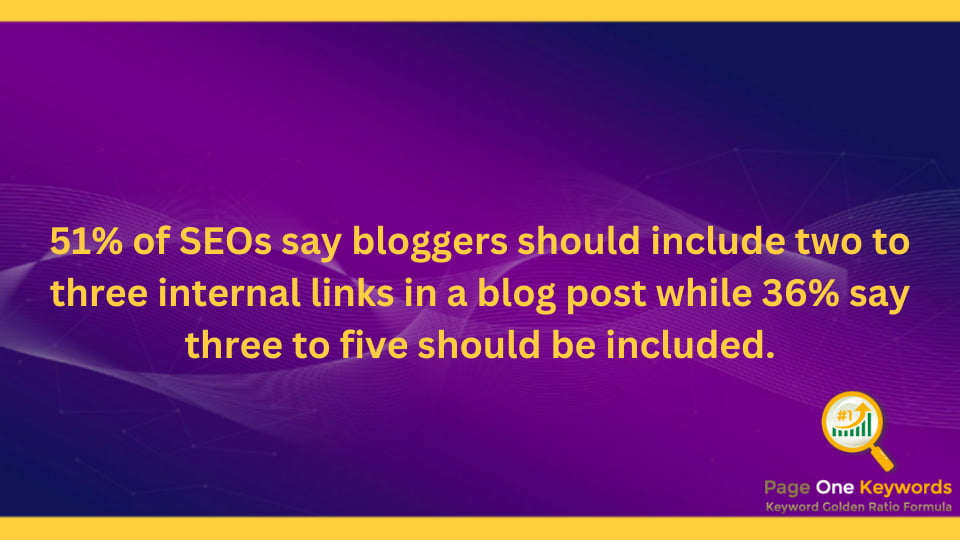


Another SEO factor that must be taken into account in On-page SEO strategies is internal linking or interlinking.
It is about creating links that lead to other pages on your same website, transferring authority between them, and creating an internal linking structure that is as complete as possible.
Directly, linking to our pages or articles can be beneficial for traffic for a very simple reason: you complement the information you are showing with other articles and give your readers the possibility of browsing more pages, thus obtaining more page views.
In a less direct way, using an appropriate internal linking strategy we can increase web traffic thanks to improving the on-page SEO of your page. This is because internal links on a website help Google crawl a page much better.
Each page derives the links it has on it through the so-called link juice, and those pages that receive more links improve in authority.
Therefore, complex and careful internal linking can improve the authority of the website globally, distributing the link juice throughout the site, and taking advantage of the authority of the different pages.
Here are quick tips to effectively implement internal linking:
- Relevant Anchor Text: Use descriptive and relevant anchor text for your internal links. This provides context to both users and search engines about the content they can expect when clicking on the link.
- Strategic Placement: Place internal links within the natural flow of your content. Ensure that the linked text fits seamlessly into the context, providing additional information or directing users to related topics.
- Prioritize Relevance: Link to pages that are contextually relevant to the content. This not only helps users navigate your site more effectively but also assists search engines in understanding the thematic structure of your website.
- Diverse Linking: Diversify your internal linking strategy by connecting to various pages across your website. This distributes link equity and ensures that different parts of your site receive attention.
- Update and Audit Regularly: Regularly review and update your internal links, especially when adding new content. Perform periodic audits to identify broken links or opportunities for improvement, ensuring a seamless user experience.
Unlock online success with POK. Subscribe for monthly keyword insights and stay ahead in the SEO game.
Loading Speed
The time it takes to load a website or a specific page is essential, both for web positioning and for the user experience. Both are related to each other in a very direct way.
The better optimized a website is, the better loading speed it will have and this allows us to get more visits through the factors that I have talked about in the previous lines.
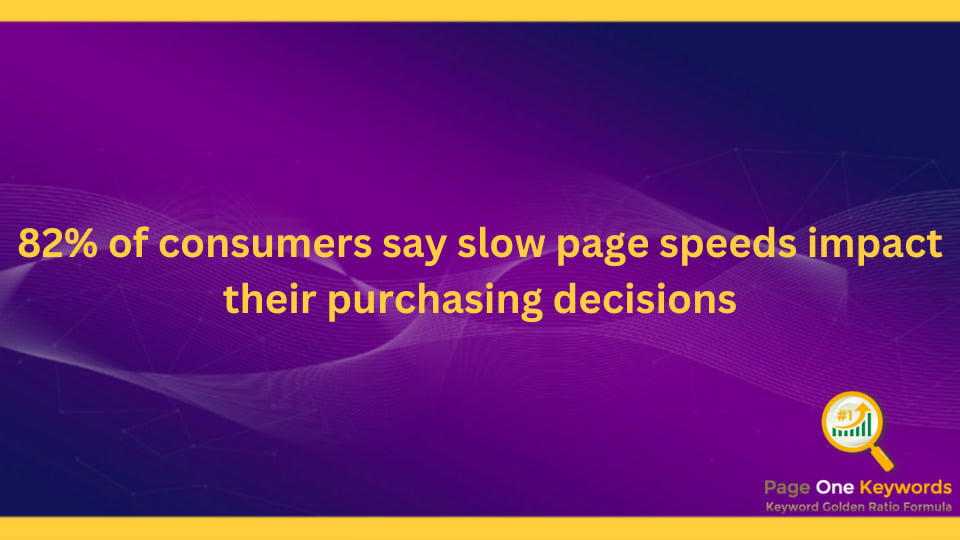


Google itself states that an increase of half a second in the loading time on its website reduces web traffic by up to 20%. Google wants to offer the best to its users and that is why it will show higher up those pages that take less time to load.
And if your website takes too long to load it will not cause Google to penalize you, but it will show other results above yours. If you optimize the loading speed of those pages that you want to position, you will be more likely to rise in the ranking and therefore, your visits will increase.
Guest Blogging
If there is any differential factor that can give your website a big boost, it is publishing a post as a guest author on a powerful blog with a related topic.
The advantages are many, among which are the following:
- You gain referral traffic: Normally, when you publish an article as a guest, you will be able to insert one or two links to your website providing further information about a topic or aspect discussed in the article. Therefore, if someone wants to know more about that topic, they will click on the link and you will get a visit.
- Increase your notoriety: By publishing on blogs outside your own you achieve greater reach and exposure of your content. Thanks to this, you will be able to attract a new potential audience of readers that you may not have had before.
- You get good incoming links: One of the fundamental pillars of SEO is getting good backlinks to our website. If you publish an article on an important blog on a related topic, you will directly increase the SEO positioning of your website.
Guest blogging is a valuable strategy for expanding your reach, building authority, and creating backlinks to your website.
When done strategically, it can be a mutually beneficial arrangement for both the guest blogger and the hosting site. Here are tips for successful guest blogging:



- Select and Research Relevant Blogs: Find blogs in your industry or niche that are aligned with your expertise and your target audience. Search for well-respected blogs, that have a large readership, and allow guest contributions
- Understanding the Audience: Be familiar with the blog’s target audience before you pitch or write a guest post. Understanding their pain points and preferences will help you create valuable content.
- First, build relationships: Before submitting your guest post, establish a relationship with the blogger or editor. Engage in their social media content, leave thoughtful remarks, and share the posts.
- Craft a Compelling Pitch: Your pitch to a blogger for a guest posting opportunity should be brief, personalized, and emphasize the value that you can bring.
- Optimize your Author Bio: The author bio is an important part of your guest blog. Create a compelling and concise bio that highlights both your experience and expertise and includes a clear call to action.
- Thank You and Follow-Up: Thank the blogger or editor for publishing your post. You can thank them for the opportunity, and ask about how your post performed. It will establish goodwill, which may lead to future collaboration.
Improve CTR
We understand CTR as Click Trough Rate or, what is the same, the rate of clicks that a link generates concerning the times it is displayed.
The CTR as we are going to address it in this article is that which is achieved in the search results. When you have a website positioned on Google and users, after searching, see your results, they are generating impressions and clicks. The CTR in this case would correspond to the impressions generated between the clicks.
Why optimizing CTR can increase web traffic? It is basic, the higher the CTR in your results, the greater the number of visits to your website. On the other hand, CTR is a very important factor in web positioning, and if you improve on this side, you will be able to get even more traffic.
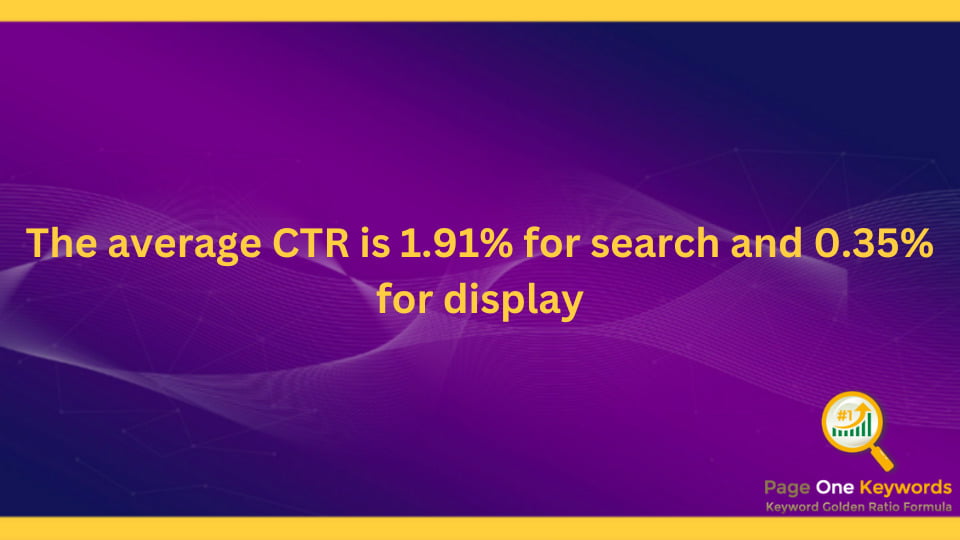


Google tends to improve the position, or at least maintain it, of those results that have a good CTR. If you barely get any clicks from all those impressions, Google will determine that your page is not relevant or does not offer what users are looking for, therefore it can drop some positions.
If, on the other hand, you have a title, a meta description, and an optimized snippet, you will be able to get more clicks and thus increase the CTR.
Google will notice that your page is relevant and useful to the user. And is likely to improve its position, thus increasing the likelihood of even more clicks.
Publish Long-Lasting Content
Writing about current affairs is very useful to attract visits on topics that are on everyone’s lips today. However, tomorrow they will become completely obsolete because the information will already be outdated.
Therefore, it is always good to create posts that can be useful today, tomorrow, and next year. This way, if you find topics that continually arouse interest, the traffic you will get will be constant.
And the best of all is that as you accumulate this type of content on your blog, the visits to your website will not stop growing if you optimize On Page SEO and give them a review from time to time.
Ready to boost your SEO? Get started with our tailored keyword subscriptions and see the difference!
Optimize the Post in the Search Engine
Do not forget to consider how your article will appear in search engine results. Set a keyphrase that is related to your Keywords. This will help you to categorize the article’s content so the user can easily find it.
It is recommended that titles in the SERPS, or “search engine results” page, are no longer than 70 characters.
Include a Meta Description that does not exceed 160 characters. Keywords are also important.
And, most importantly, it should encourage you to read your post by containing a call to action. Finalize the review by performing a final SEO, readability, and display check.
Facebook Ads
Facebook’s advertising platform is a powerful tool. Ads with good copy and correctly segmented campaigns can generate a lot of qualified traffic to your blog.
Create small campaigns and analyze the results by segmenting demographics and interests based on the article that you want to promote. You can get a cost-per-interaction of less than one euro cent in interaction campaigns.



You can achieve organic benefits and a large volume of traffic with just a small amount of advertising.
If users are happy with the content, they’ll not only Like and share the post on their social media channels, but also leave the comment on the article on your website.
This will allow you to gain organic traffic derived from your paid advertisement. In many cases, organic traffic is greater than visits obtained through the advertisement. You will also notice that the number of fans on your Facebook page increases.
These tips will help you to get quality traffic for your blog or website by using Facebook ads:
- Establish Clear Objectives: You must establish clear goals when using Facebook Ads, whether that means driving traffic to specific blog posts increasing website visits overall, or promoting products or services – having well-defined objectives will guide your ad strategy and will make its implementation simpler.
- Target Audience Precisely: Take advantage of Facebook’s advanced targeting options to reach the ideal audience for your blog post. Specify demographics, interests, and behaviors so your ads reach individuals most likely to engage with your content.
- Compelling Ad Creatives: Produce visually striking and compelling ad creatives by using high contrast images, clear copy, and an irresistible call-to-action. A/B testing different creatives will allow you to discover which resonates with your target audience best.
- Utilize Custom Audiences: Leverage Facebook’s Custom Audiences feature to target individuals who have interacted with your blog or website before, such as website visitors, email subscribers, or those engaging with your Facebook page. Custom Audiences can increase the relevance of ads.
Through strategic use of Facebook Ads, you can expand the reach of your blog posts, drive targeted traffic to them, and meet specific marketing objectives.
Update Articles When Needed
It has been proven that updating articles published long ago improves their SEO positioning. This is because Google always wants to show the best and most up-to-date content in the top positions.
Therefore, if you have content that you have not modified for a long time and you want to increase your position in the results lists, expand the content and review the keywords for which you are positioning it.
Other Key Benefits of Updating Articles Are:
Regularly updating articles is beneficial in the digital world where information changes rapidly.
- Currency and Accuracy: Information is outdated and industry trends are changing. By regularly updating your articles, you can ensure that they are accurate and reflect the most recent developments.
- User Retention and Engagement: Content that is up-to-date and relevant is highly valued by users. By regularly updating your articles, you keep your audience interested and encourage them to visit your website for the most recent information.
- Competitive Advantage: It is important to stay ahead of the competition in highly competitive industries. By updating articles, you can maintain your competitive edge and offer the most relevant and current information.
- Adaptation of Trends: Your content should change with the industry and its trends. You can update articles to adapt to new trends, include new insights, and address emerging issues.
- Enhancing User Experience: The user experience is enhanced when articles are regularly updated. Content that is relevant and current will encourage visitors to engage and trust your site.
Elevate your website rankings with our specialized long-tail keyword subscriptions. Click to join now!
Infographics
Infographics are elements that greatly enrich the content of any type of blog. This increases the time spent by users and the probability that they share your content. In addition, you generate a new possibility of obtaining incoming links to your website.
If this were not enough, due to the increase in popularity of this type of graphic element, more and more users are directly searching for infographics on Google on specific topics, which opens the doors to attracting visits from the images section.



Here Are Five Tips To Help You Craft Compelling Infographics:
- Clarify Your Message: Before diving into the design process, clearly define the key message or information you want to convey. Infographics are most effective when they have a focused and specific purpose.
- Simplify Complex Information: Infographics are meant to simplify complex information, not overwhelm the viewer. Break down your content into digestible chunks and focus on presenting the most essential elements. Use concise and straightforward language, and avoid overcrowding the infographic with excessive text. Utilize visuals such as icons, charts, and graphs to convey information efficiently.
- Choose a Visually Appealing Design: A visually appealing design is crucial for engaging infographics. Select a color scheme that aligns with your brand and enhances readability. Use contrasting colors to highlight important elements, and maintain a consistent visual theme throughout. Incorporate eye-catching fonts and ensure that the overall layout is clean and well-organized to facilitate easy comprehension.
- Tell a Story with Flow: Infographics should have a logical flow that guides the viewer through the information seamlessly. Arrange content in a chronological or thematic order, creating a narrative that tells a story. Consider the natural progression of how your audience will consume the information, leading them from one point to the next. This narrative structure enhances engagement and retention.
- Optimize for Mobile Viewing: With an increasing number of users accessing content on mobile devices, it’s essential to optimize your infographics for smaller screens. Ensure that the text remains readable and that graphics are appropriately sized for mobile viewing. Test your infographic on different devices to guarantee a positive user experience across various platforms.
Adapt Your Blog for Mobile Phones



Websites that are mobile-friendly have been a trend for years. Google is aware that more people are using mobile devices to browse the internet.
In light of the above, it is necessary to convert your blog to a responsive design. It will enable users to access your entire website via their mobile.
Email Marketing
It is difficult to keep users on a website. It is even harder to get users to remember our website and return later.
Email marketing is one of the most effective ways to keep your customers coming back.
If you’re not familiar with it, it involves sending bulk emails to a previously collected list of people. Subscription forms are placed strategically on our site in exchange for exclusive content and coupons.
Using an Email marketing tool, we can create a Newsletter that is attractive to our users. We can then use emails to create a newsletter that will encourage visitors to visit our blog or website who have already subscribed.



These tips will help you to achieve your target results:
- Subscriber List Building: Create a mailing list by including sign-up forms on your blog. Offer incentives like exclusive content, discounts, or newsletters as a means of encouraging readers to subscribe; thus providing direct ways to promote blog posts!
- Segment Your Audience: Tailor email campaigns to specific groups by segmenting users based on preferences, behaviors, or demographics. That way, content promotion aligns perfectly with each segment’s interests.
- Enticing Email Content: Create engaging and effective email content that highlights the value of your blog posts. Use attention-grabbing subject lines, captivating visuals, and persuasive copy to encourage subscribers to click through to your blog.
- Automate Email Campaigns: Take advantage of email automation to streamline your marketing efforts and save time and resources by automating email campaigns for new blog posts, welcome sequences, or drip campaigns that engage your target audience without manual intervention.
Effective use of email marketing can boost blog post visibility, create audience engagement, and drive traffic back to your blog – making it a key strategy for developing and growing a dedicated readership base.
Rich Snippet
Rich snippets are HTML tags, which provide search engines with additional information about the content of a website. Also, rich snippets can be used to enhance your search results by making them more informative.
It is a constant battle to get your rich snippets in the right place. This type of demand has been boosted by the use of mobile devices to access the Internet, allowing users to search for what they want in a more agile manner.
To be able to position yourself within these blocks, you must provide concrete answers. Google wants users to be able to access information on a specific topic without having to enter a website.
A solution would be to post short texts that are a response to Google searches made by our audience. Here are some techniques to help you:
Includes Question-Based Keywords
Once again, keywords are essential for ranking. This technique involves using keywords within the text of your website. The questions are based on what users might ask a search engine.
Google will select the text fragments that provide the best response for this type of search and offer them as a rich excerpt, in the form of a short paragraph. When you use these keywords in your text, you should try to answer the query within the first few sentences.
Organize Your Content Clearly
Google wants to make it simple for you. You will find it easier to answer questions from users if you have a clear structure. Google will be able to select information that is structured with headings or dosed with the list. In the case where headings are used, tables can be used to direct the reader directly to different contents.
Give Clear and Concise Information
Get to the point. Don’t waste time. In rich text, it is best to use short texts of about 50 words that answer the question as clearly and concisely as possible.
We can find many texts which meet these criteria. They also usually place the keyword at the beginning of the sentence.
Use Tables
You can use a table to provide a list of prices, comparisons of several products, as well as a description of several elements.
Engage Your Audience
If you want to be included in Google’s rich snippets, then the format of your content is not enough.
You can increase your visibility in Google’s SERPs by using these techniques. It is important to remember that alone does not guarantee an increase in traffic. Google will not send traffic to any links below if it shows the answer on its results page.
But If we offer at the time they are looking for it, we have a better chance of them coming back to our site later on.
Google Trends
On a website, you can create different types of articles according to their temporality: timeless, seasonal, and temporary. This is one of Google’s great tools, that can help you create them.
Google Trends allows you to know what is searched most in any country, and what related terms are searched. And if those searches are growing or decreasing, it even tells you which long tail keywords are being searched the most, at the moment or have been searched in the past.
Google Trends can become your great ally in developing your content strategy whether you are a small or large company.
The possibility of knowing keywords that have not yet been exploited gives you the opportunity to create content so influential that it can make you popular among the audiences you want.
Discovering one of these treasures added to good SEO practices can take your content on social networks, blogs, landing pages, etc., to a new and excellent level.
On the other hand, related searches can help you find those keywords that are more popular than the same topic you are searching for. All this information can help you get ideas to create blog articles that interest users.
Sign up today and take the first step towards dominating search engine results with our exclusive long-tail keyword subscriptions.

